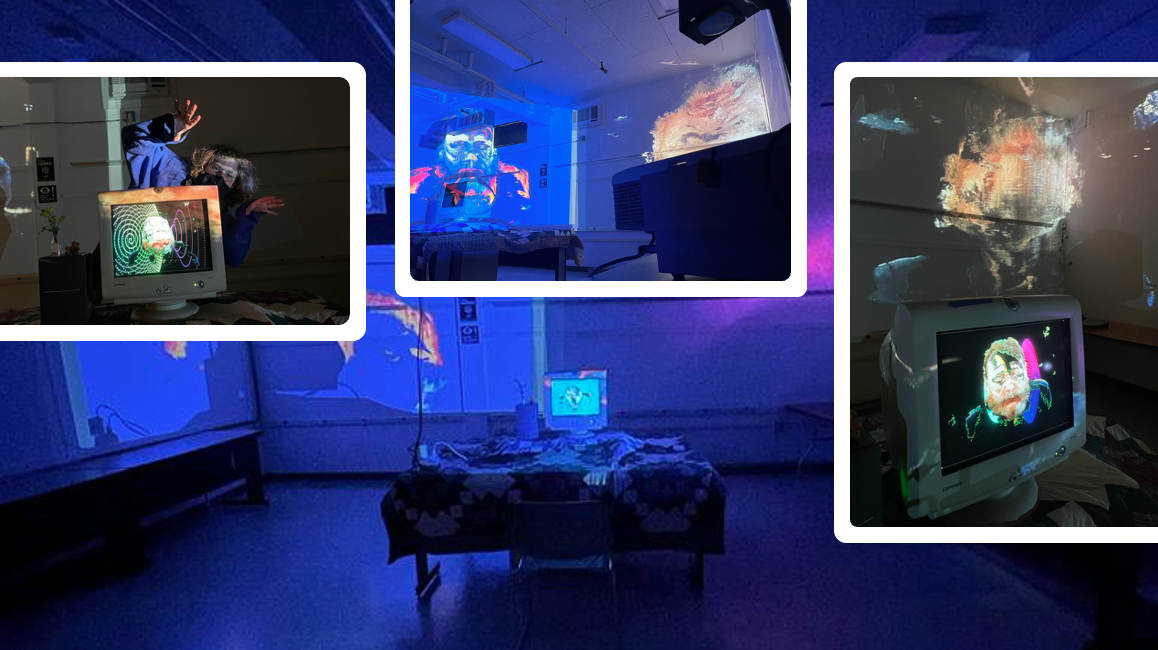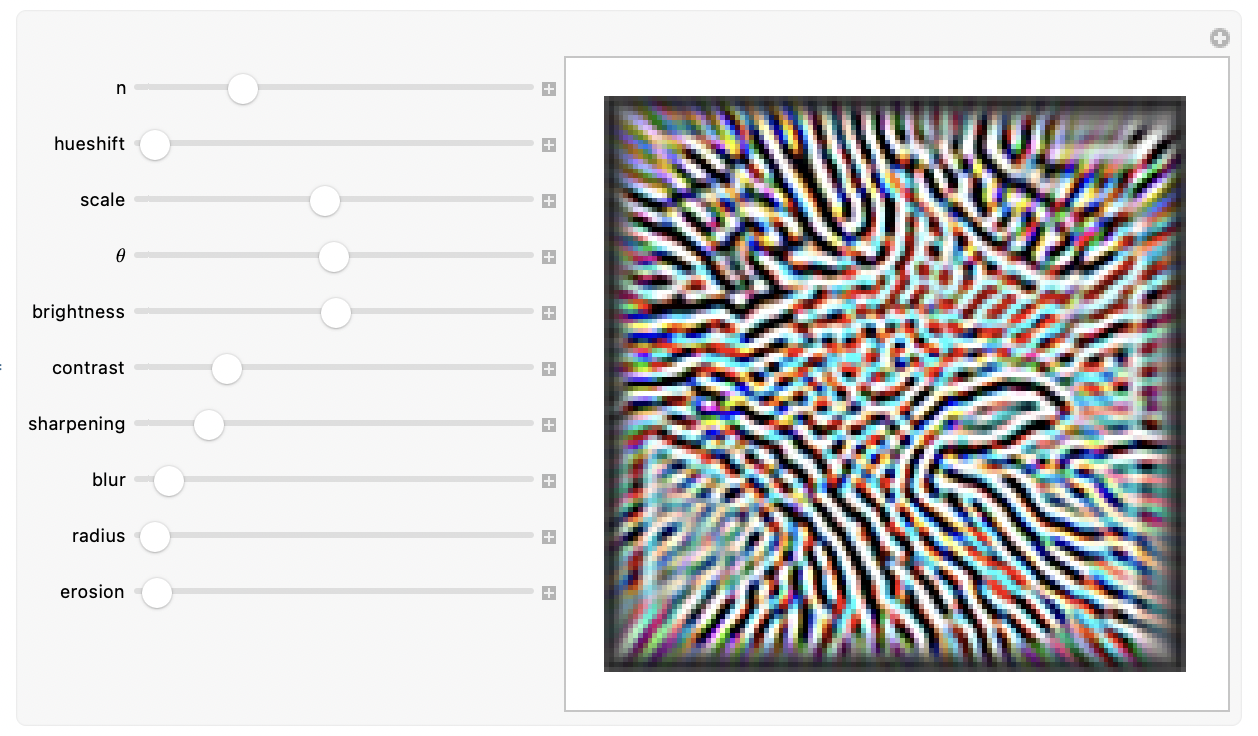Digital Double, Reflections on Digital Selfhood.

Digital Double – Interactive Stochastic Video-Art Piece
I was thrilled this last Spring to have the opportunity to exhibit my art installation ‘Digital Double’ at College of the Atlantic as part of the College’s end of year musical and artistic programming. This was, coincidentally, my very first exhibit; putting it together was a challenging, at times frustrating, but ultimately enlightening and extremely rewarding experience, which I will try my best to relate some highlights from in this blog post.
What is a digital double?
What’s a digital double in the first place? Your digital double is your online persona – the version of you that exists in the digital world. It includes everything from your social media profiles to your online banking information. Due to the ever-increasing ubiquity of the internet, our digital doubles are steadily becoming more and more important in our everyday lives. What you post online, who you add to your friends, and what you search are among a vast number of actions that affect your digital double and those of people in your close (and sometimes not so close) online social graph. Our digital doubles mediate and incarnate our online interactions in the digital world. We affect our doubles, and they affect us. But what is the nature of our relationships with these digital representations of us?
There is no single answer to this question. Our relationships with our digital doubles depend on a variety of factors, including our individual personalities and the specific context in which we interact with our machines and online spaces. In general, however, we can say that our relationship with our digital doubles is complex and often contradictory. On the one hand, we rely on our digital doubles to help us navigate the digital world and to manage our online identities. On the other hand, we may be worried about the loss of privacy and control that comes with having a digital double.
In some contexts, the digital double may appear alien, entirely external and Other. In others, the digital double may come to feel like a close friend or even a part of the self. The digital double is always changing, growing, and evolving along with the technology that creates and sustains it, and ourselves. As our relationships with our digital doubles continue to evolve, so too will our understandings of what it means to be human in the digital age.
Origins of the Project
It was questioning digital selfhood and the notion of the digital double in a course on the history of video art with Professor Colin Capers that led me in my first year at College of the Atlantic to draft a short video art installation project exploring the relationship between people and their machines. The project was designed as a multi-projector set up in an empty room; Four projectors, one at each corner of the room projecting diagonally past one another to the opposite corner. In the centre of the room, by a tower connected to an early 2,000s CRT monitor, a chair on which visitors could sit and face distorted parodic representations of the digital double of an unknown internet user (I like the French ‘internaute’).
Beyond the draught, the project lay dormant for almost three years until I registered last Spring to Critical Making and New Media Art, with Quran Karriem, visiting faculty from Duke University, and Musicianship, with Professor Jonathan Henderson, with the intent to explore generative aleatoric processes in music and new-media generation. Critical Making and New Media Art focused on the practice of making and the theory of new media art and design, as well as a fair amount of programming in Pure Data and Cycling74’s Max MSP, while Musicianship was a general introduction to musical practice and conventions. I decided to revisit the project and use these classes as an opportunity to actually bring it to fruition.
Video presentation:
To review my work at the end of the Critical Making and New Media Art course, and as a way of providing an artist’s statement, I produced the following 25-minute video describing the exhibit in detail as well as the rationale behind it.
Concluding statement and reflection
Overall I am extremely pleased with the final product and the way the exhibit turned out. I was very lucky to have had the opportunity to work with some extremely talented and helpful people, including my classmates, professors, and the staff at the college. I am also grateful to have had the chance to work with some amazing technology, including high-powered projectors and the node-based visual programming tool Max MSP.
There are, of course, always things that could have been done better. In particular, I would have liked to have had more time to fine-tune the visuals and the audio. I would also have liked to have been able to interact with visitors more during the exhibit. As it was, I was only able to talk to a few people during the exhibit itself, as I was busy setting up and taking down the equipment. All in all, however, I am very happy with the way the exhibit turned out, and I am looking forward to future opportunities to exhibit my work.
